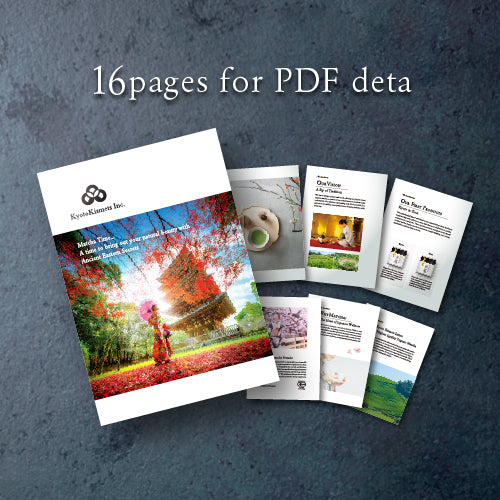Functionality of Tea and Its Mechanism
Green tea, renowned for its health benefits, owes much to catechins, a type of polyphenol. These catechins, particularly Epigallocatechin gallate (EGCG), are pivotal in green tea's physiological functions.
EGCG's interaction with cancer cell receptors, inhibiting their growth or inducing apoptosis, highlights its potential as an anti-cancer agent. This demonstrates the powerful impact green tea can have in combating cancer.
Furthermore, EGCG reduces allergic reactions by binding to relevant receptors. This showcases its role in allergy management and underscores its versatile benefits in health maintenance.
The health benefits of green tea catechins stem from their ability to interact with bodily receptors.This emphasizes their significant impact on health and vitality.
In conclusion, the mechanism of action of green tea catechins, particularly EGCG, underscores the myriad health benefits it offers, from cancer prevention to allergy relief. It's a valuable component of a healthy lifestyle, embodying both preventive and therapeutic properties.
Reference source: 20 Health Benefits of Tea," published by the Japan Tea Industry System Strengthening Promotion Council.






